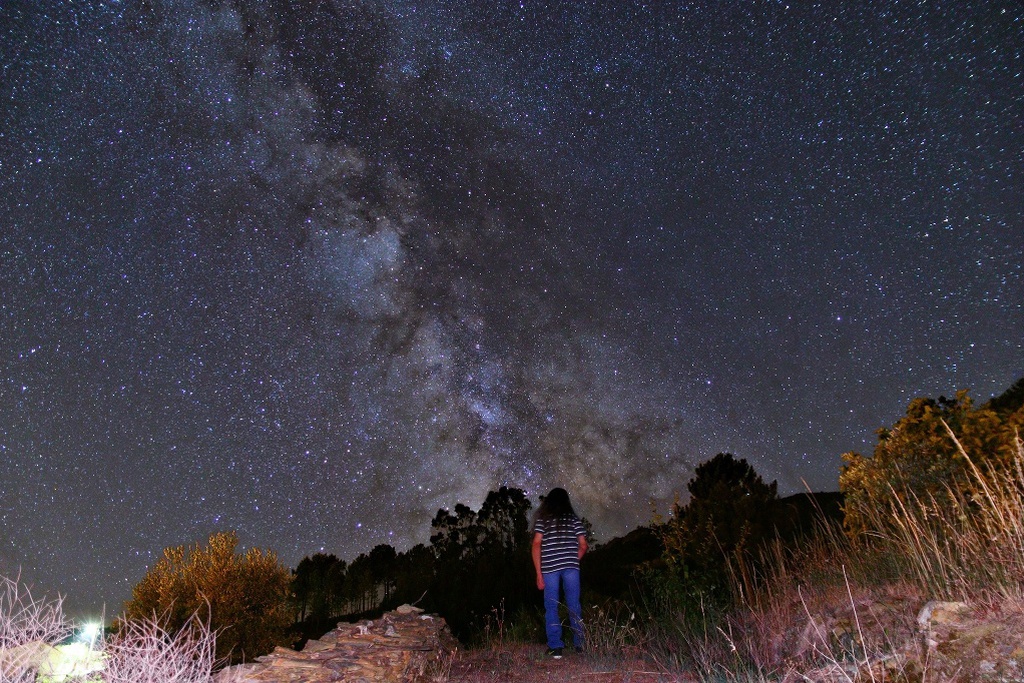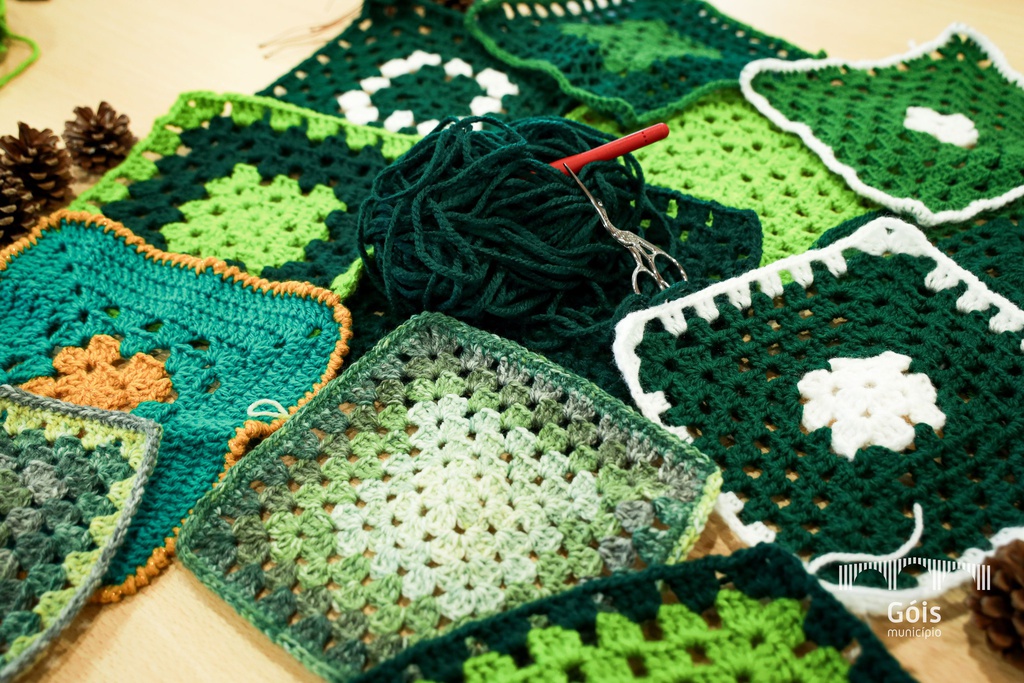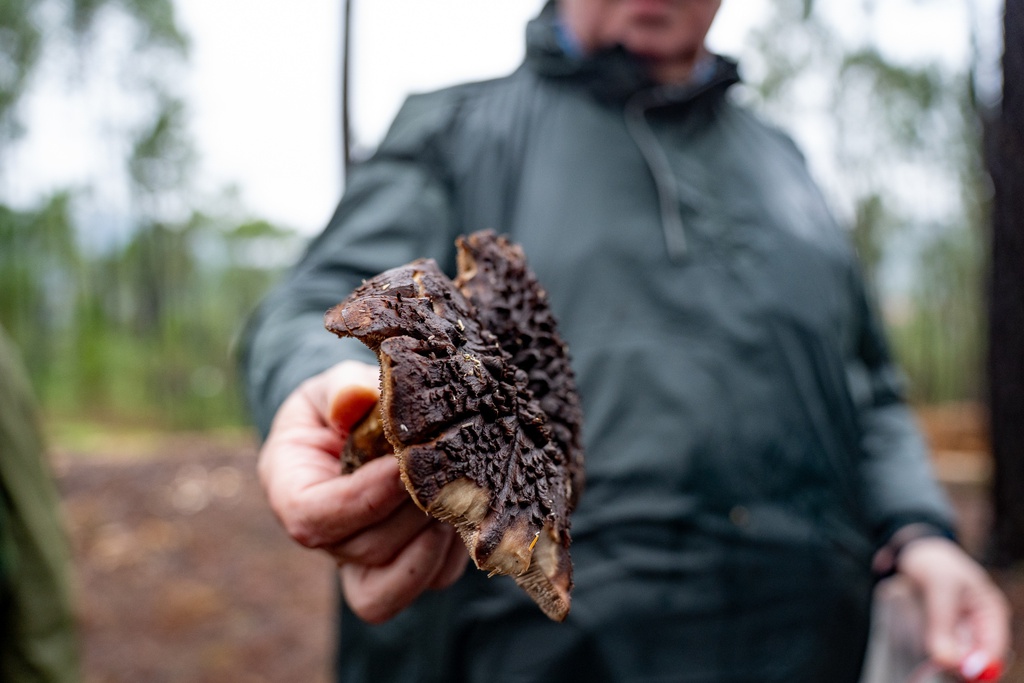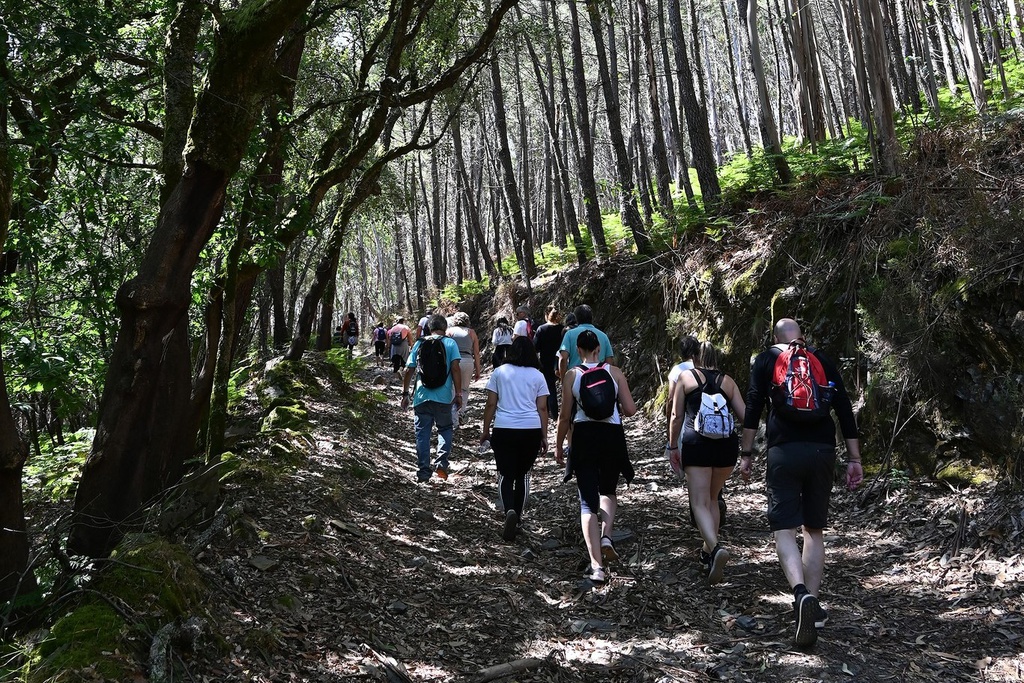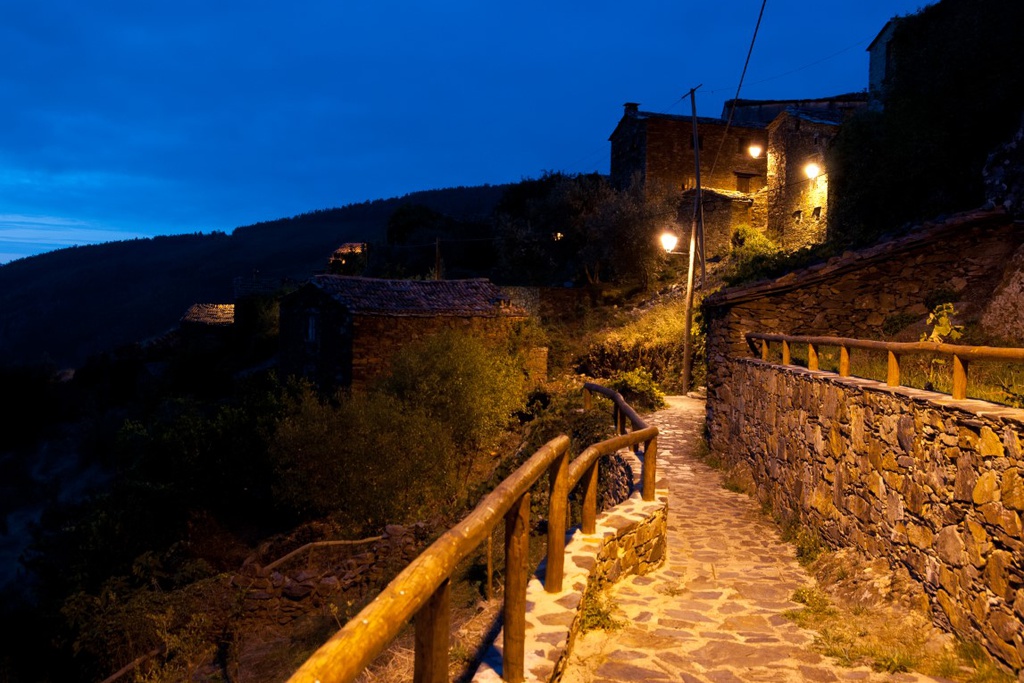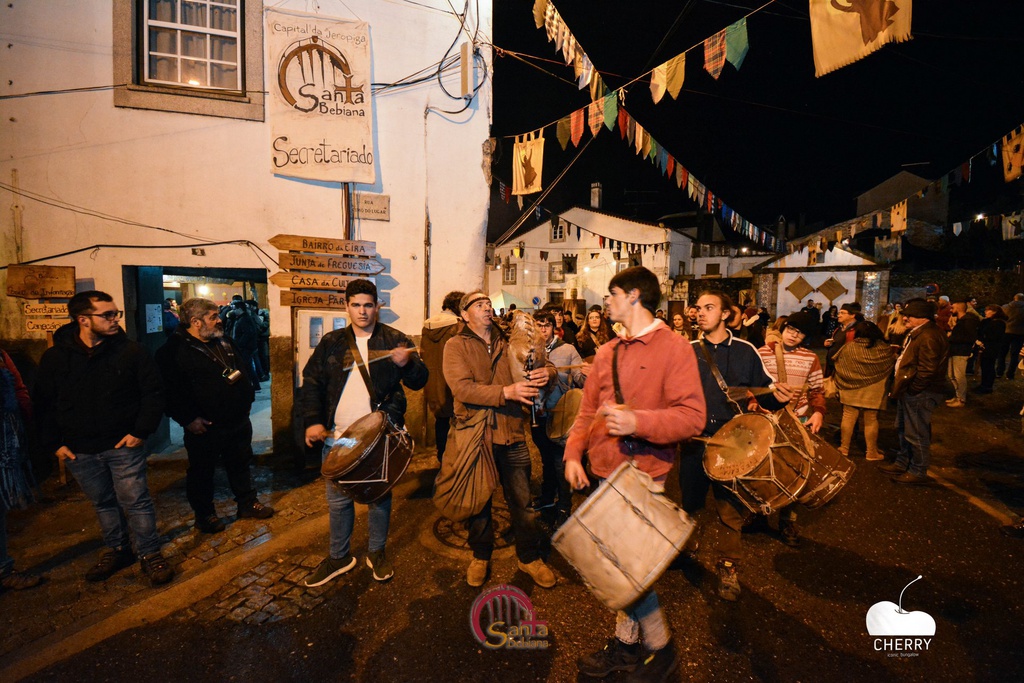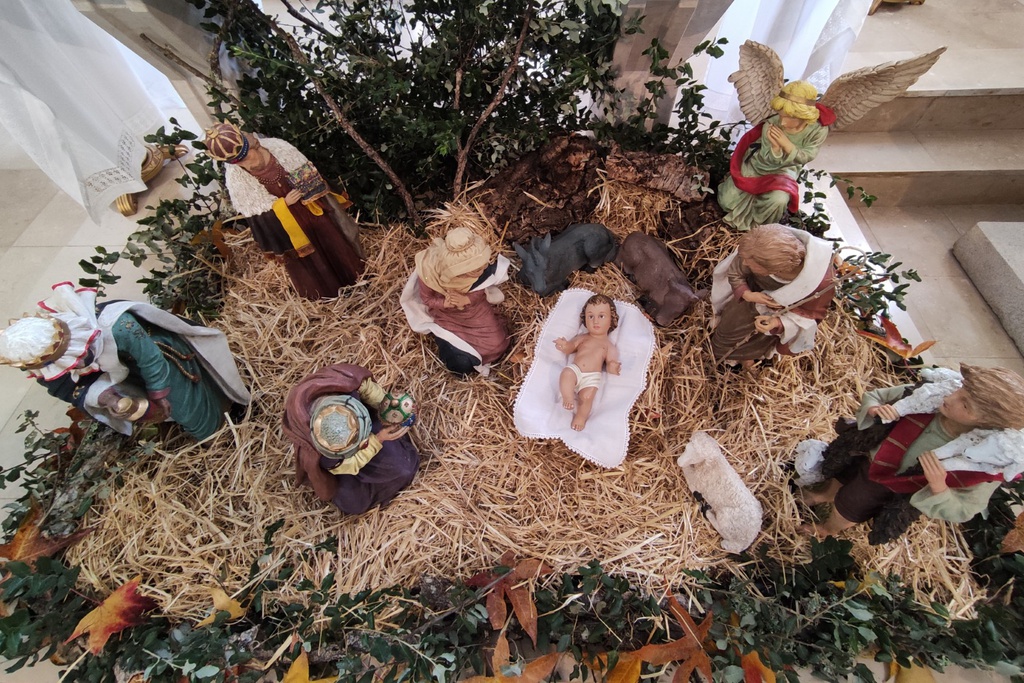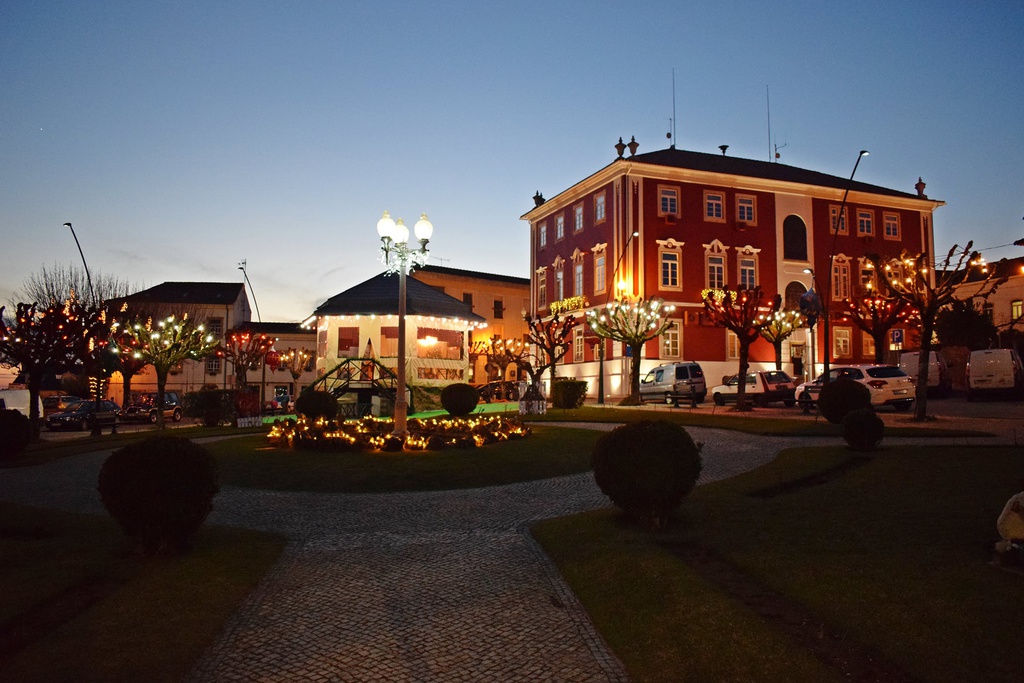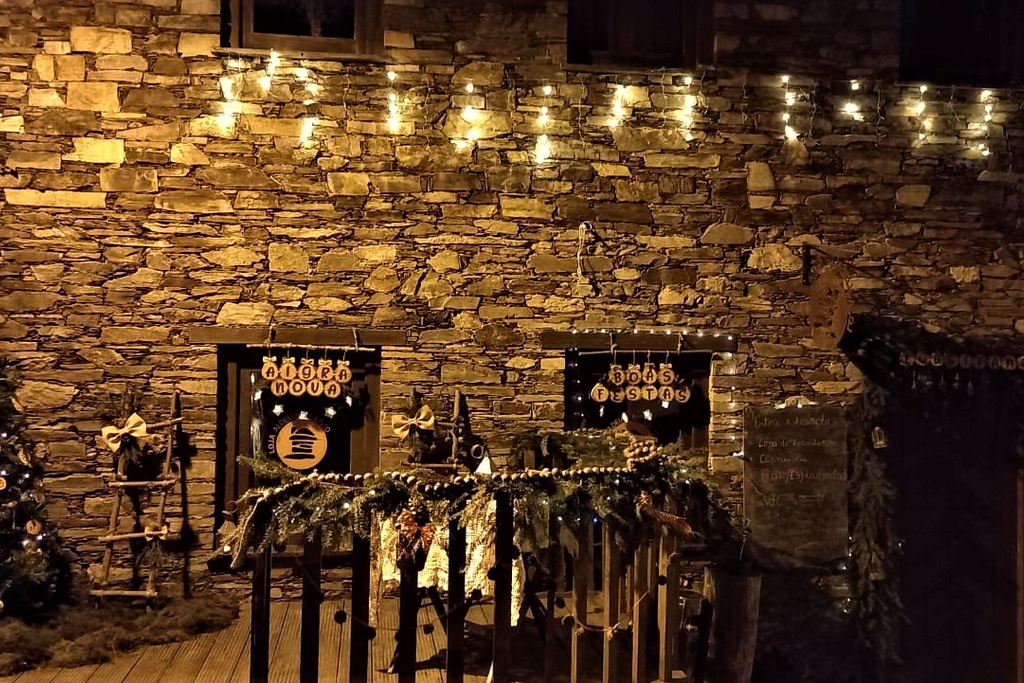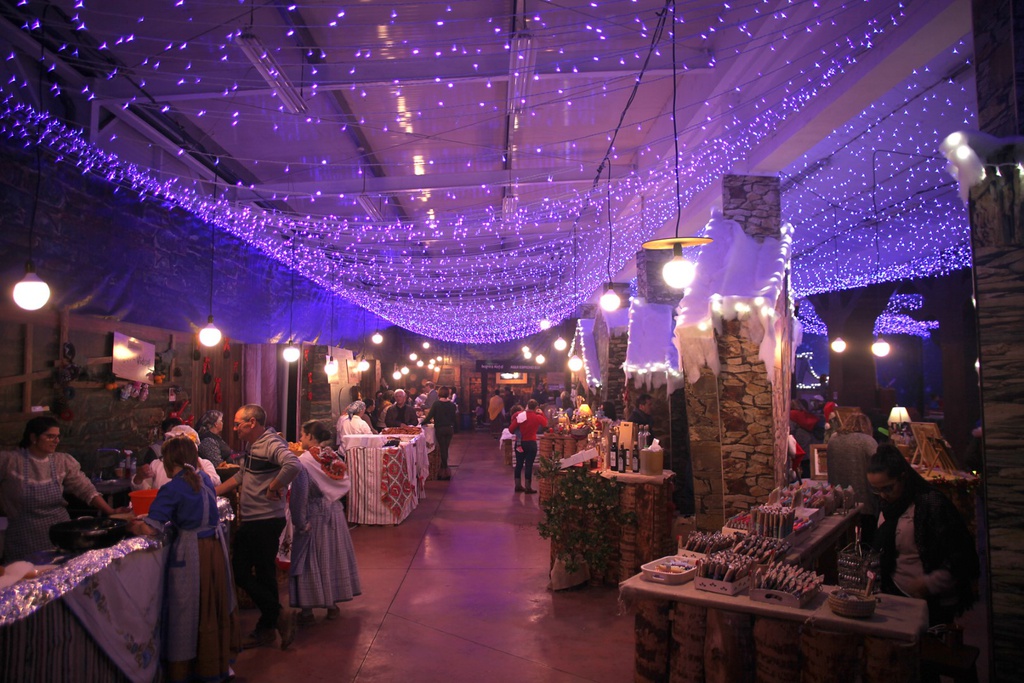(Benfeita, B: 1927; D: 2012)
He comes from Benfeita. His mother’s name was Guilhermina. He inherited his nickname from her: Mina. At the age of 12 the shadows and ghosts of war began to cloud the days of everyone. Of the country. When he was a young man he saw a tower beginning to grow in his village that would herald peace. The Tower of Peace would be there during every day of his life.
The Peace Bell came from Lisbon and was placed in one of the windows of the tower. He waited in silence for the moment to announce and celebrate the end of World War II. On 7 May 1945, Mina was walking around the Moenda property, doing the agricultural chores that made up his daily routine as a young man. Then he heard some voices shouting, “The war is over!”, coming from Benfeita, so he ran to the Peace Tower and, with his hands on the bell rope, he assisted the Peace Bell as it fulfilled its destiny of announcing and celebrating the end of the war.
WINDING THE CLOCK
Once the clock was installed in the Peace Tower, the company that made it no longer maintained it. Ensuring its operation and dealing with any problems with its machinery became Mina’s responsibility. He spent hours carrying out his painstaking, horological duty. With a small file, a little bottle of oil and a piece of cloth, he was always cleaning and fine-tuning the mechanism.
When he was a barber, at the beginning of the year he used to agree with each client an annual payment for the work of shaving. Usually a bushel of corn (about 13kg), which he received by Saint Michael’s Day (29 September). Each of his customers added the equivalent of 1kg of corn or a few pennies more, to support him in his work maintaining the complex gears. “Winding the clock” was no easy task in this case: it involved considerable strength in his arms due to that the clock mechanism’s heavy counterweights.
For 66 years, as long as his health allowed, he would climb the little stairs of the tower and, in a tiny space and of his own free will, without any compensation, he would look after a heritage that formed the collective identity of the village. The tower, the bell and the clock are symbols that lead us to dream - as he did - that the good side of men will always triumph.
Text: Aldeias do Xisto Guide, Foge Comigo Editions - Destinations Guides


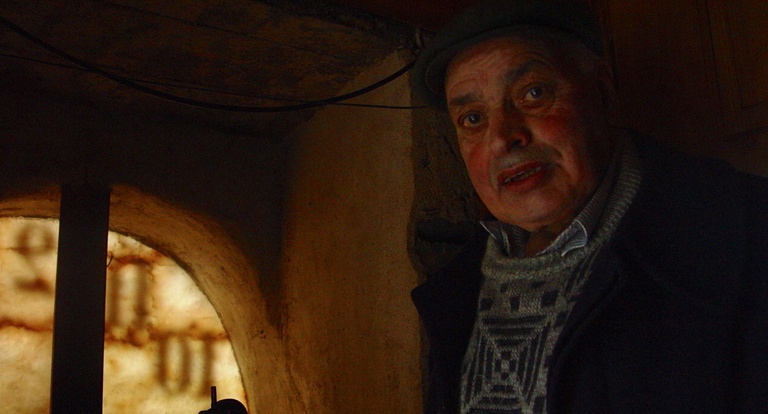
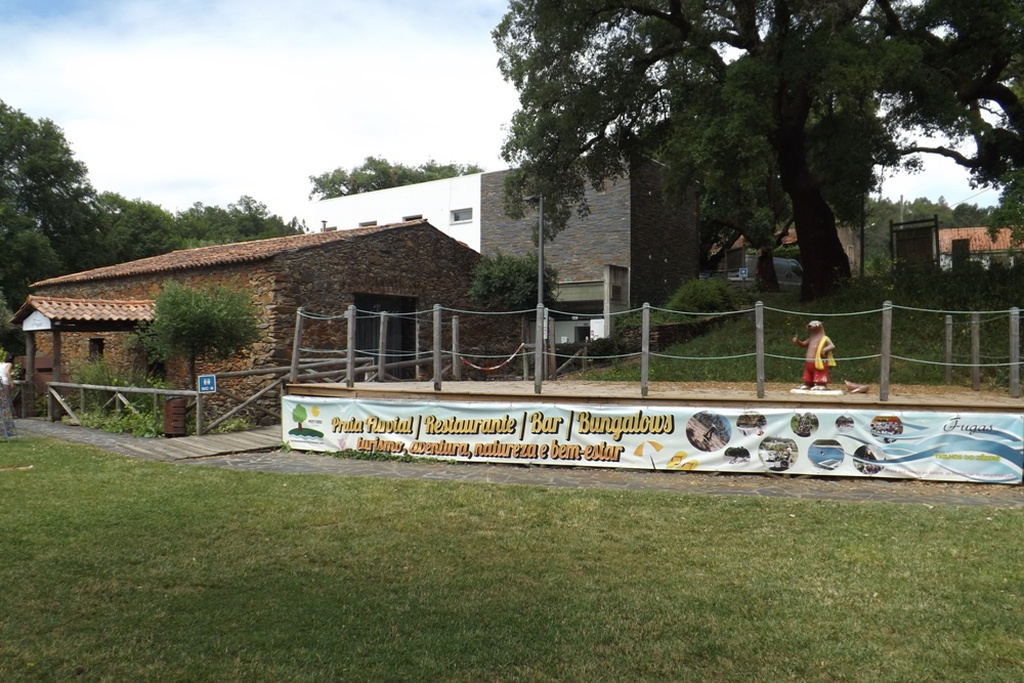


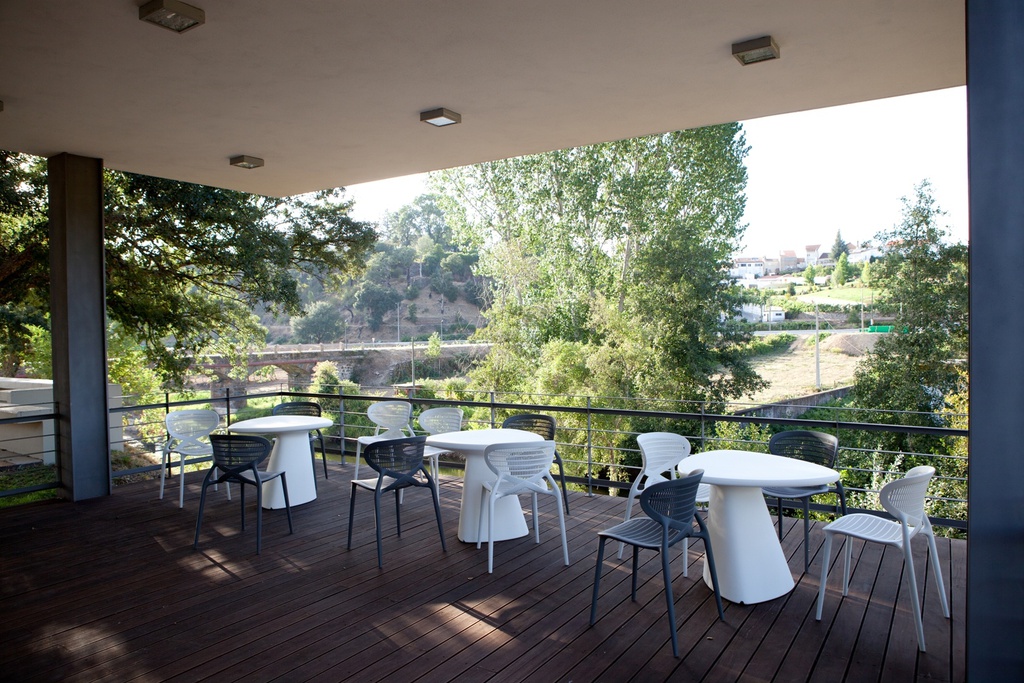
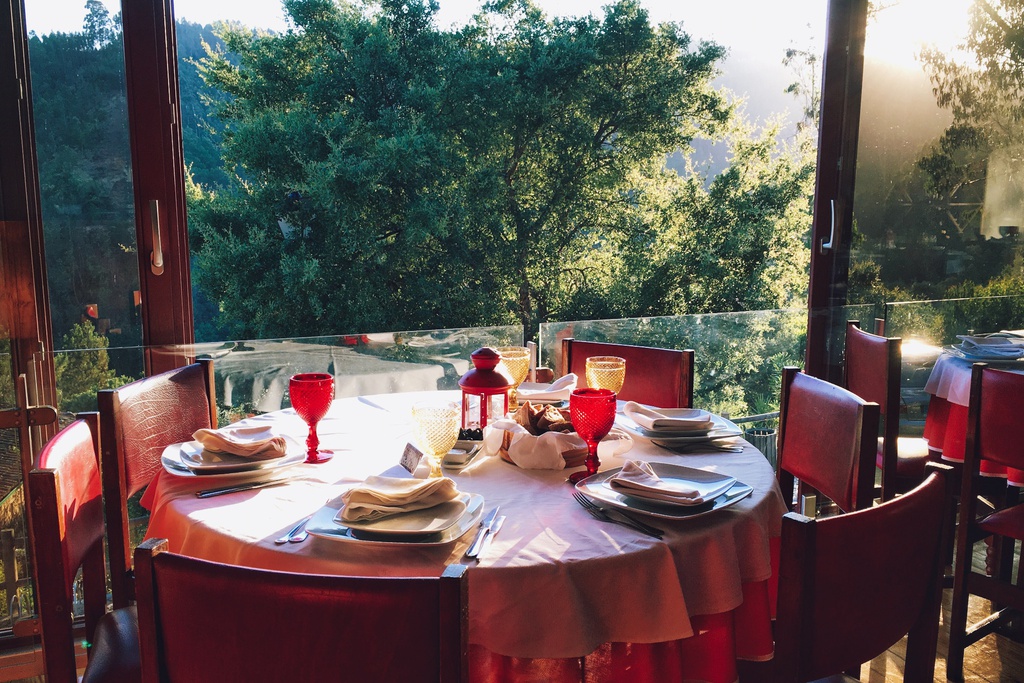
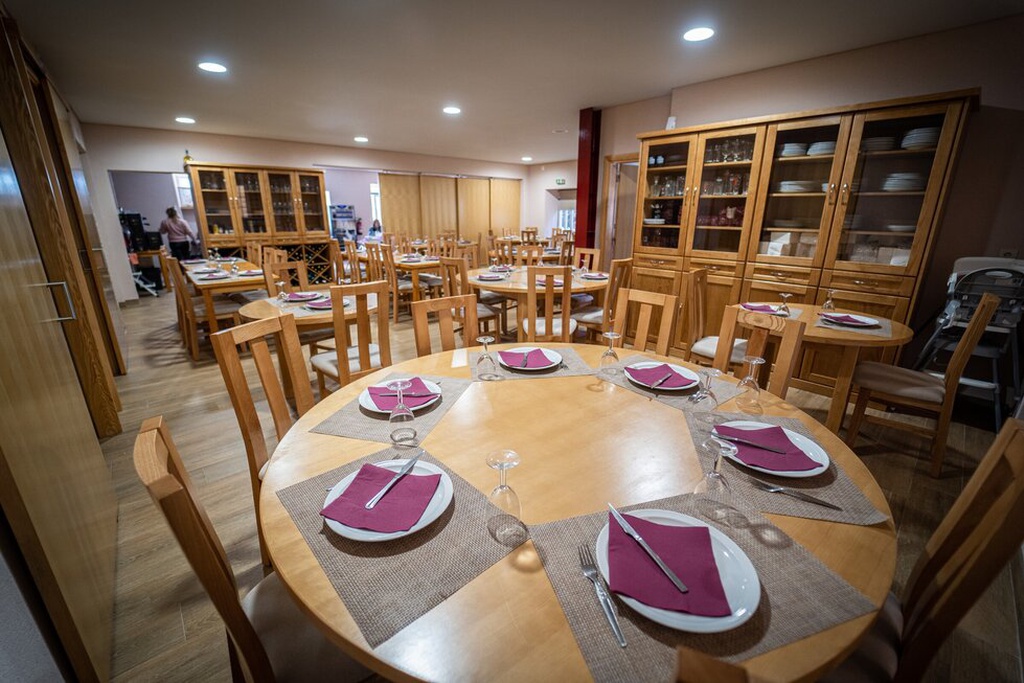
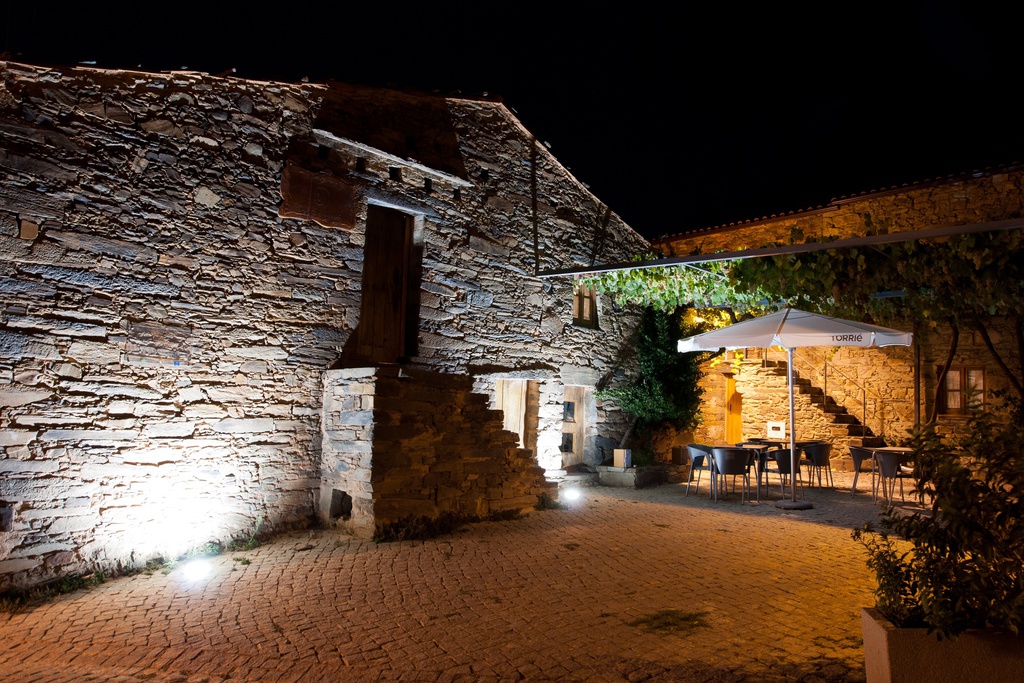


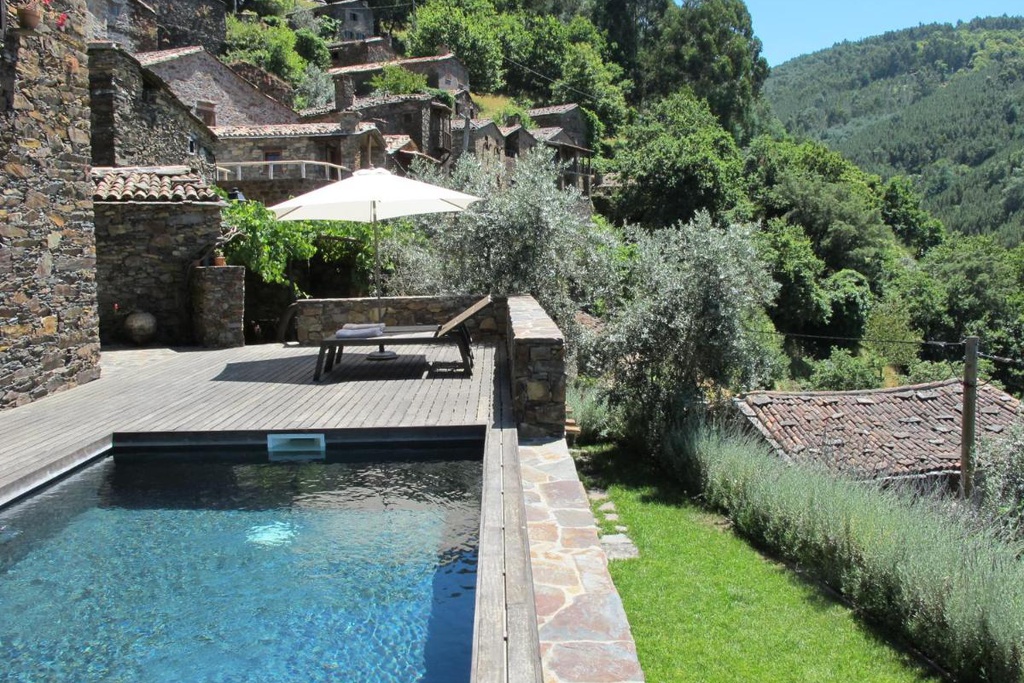

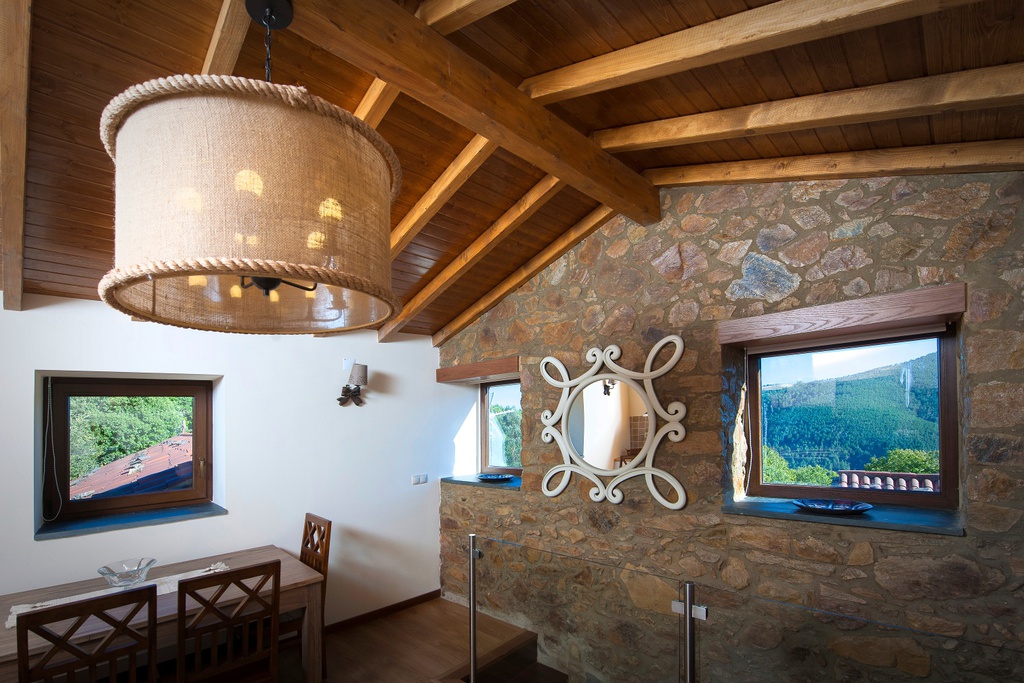

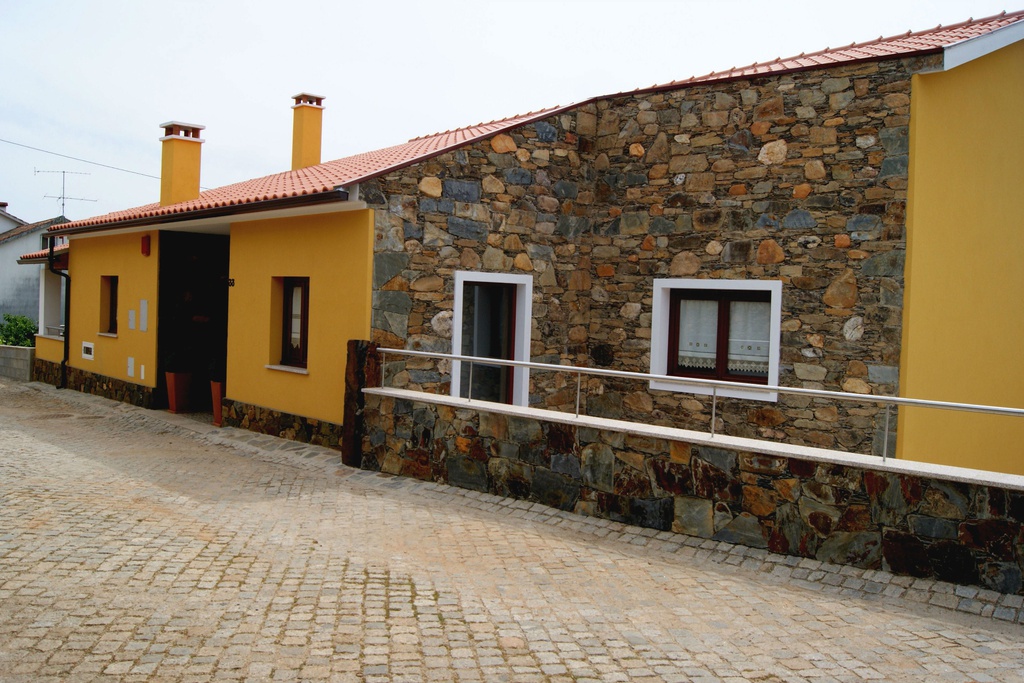
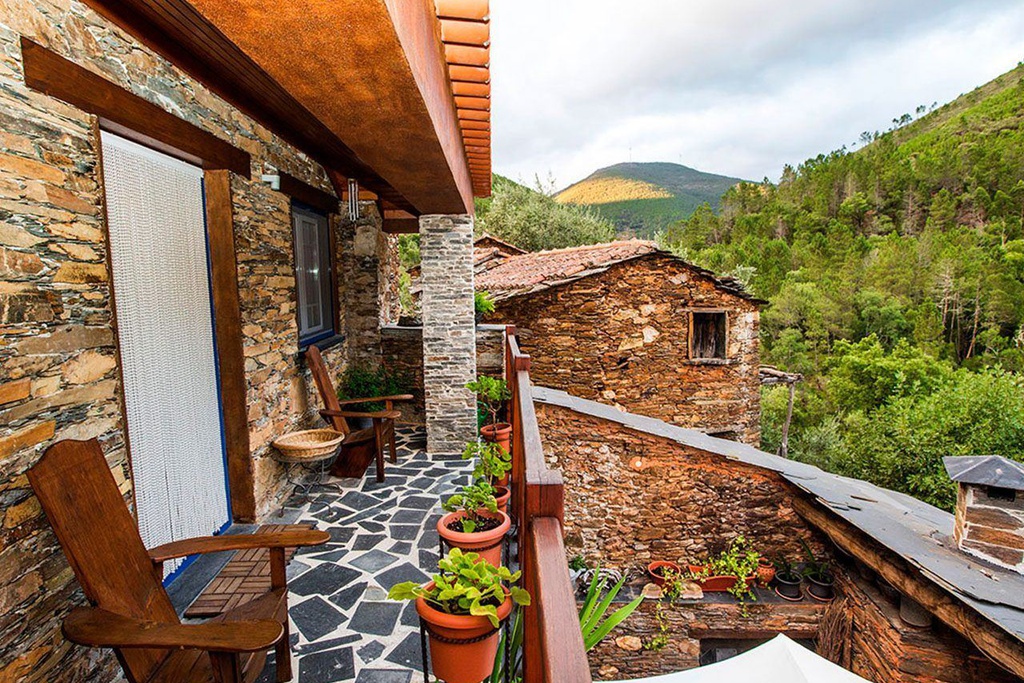
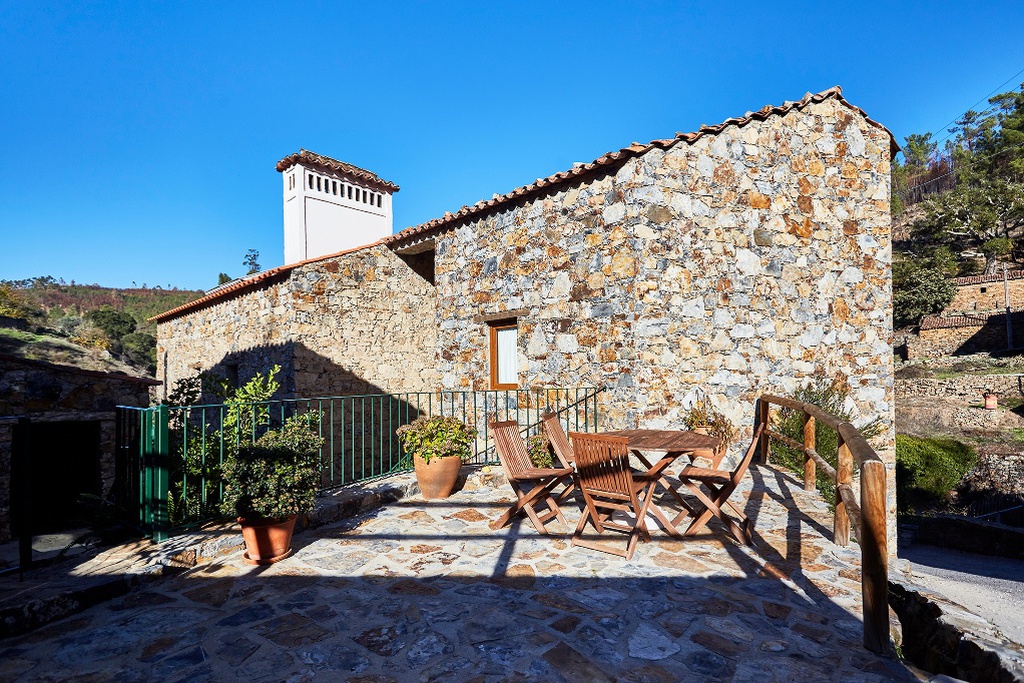

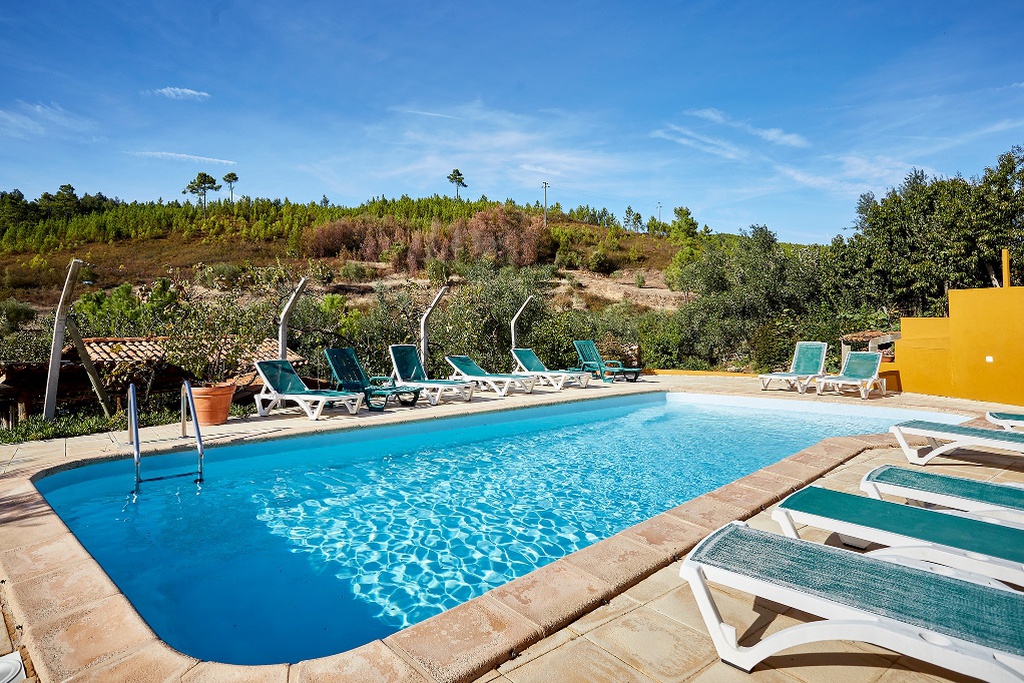

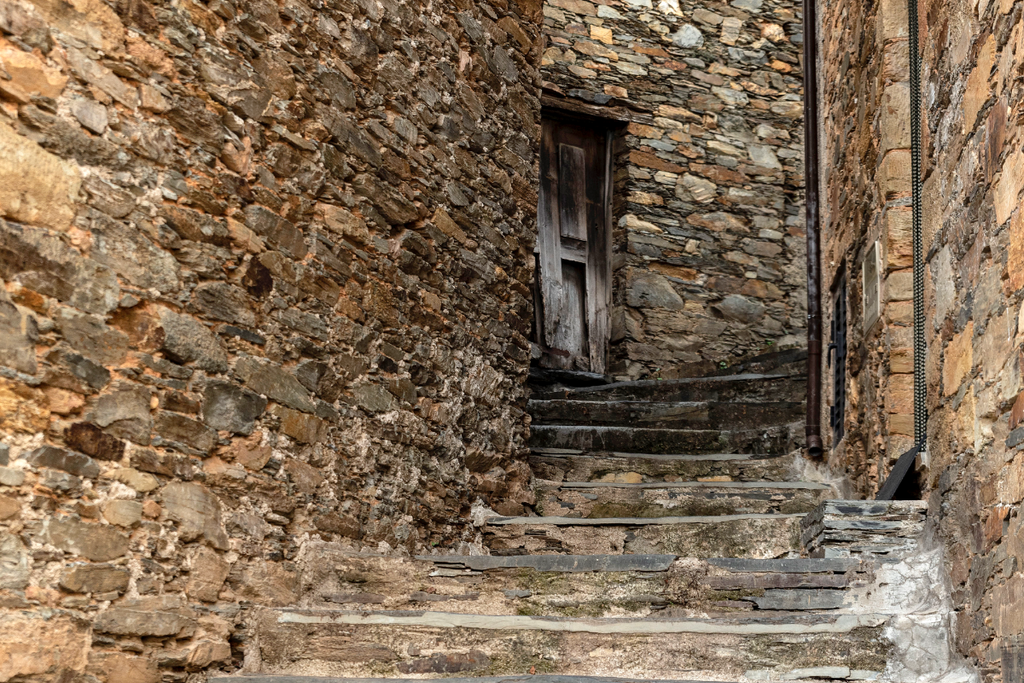
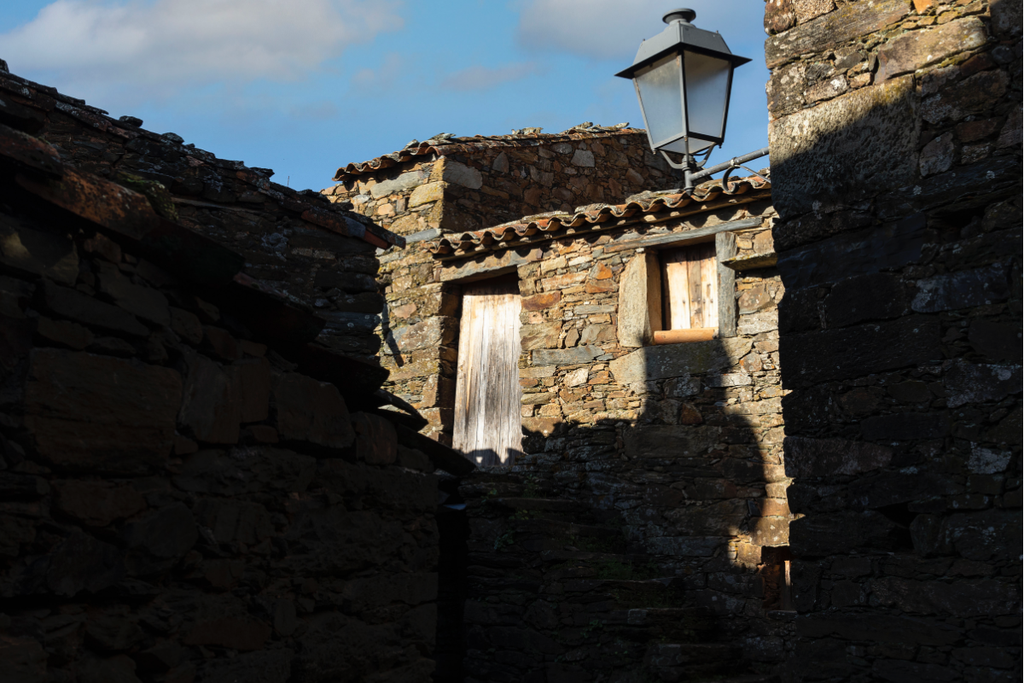
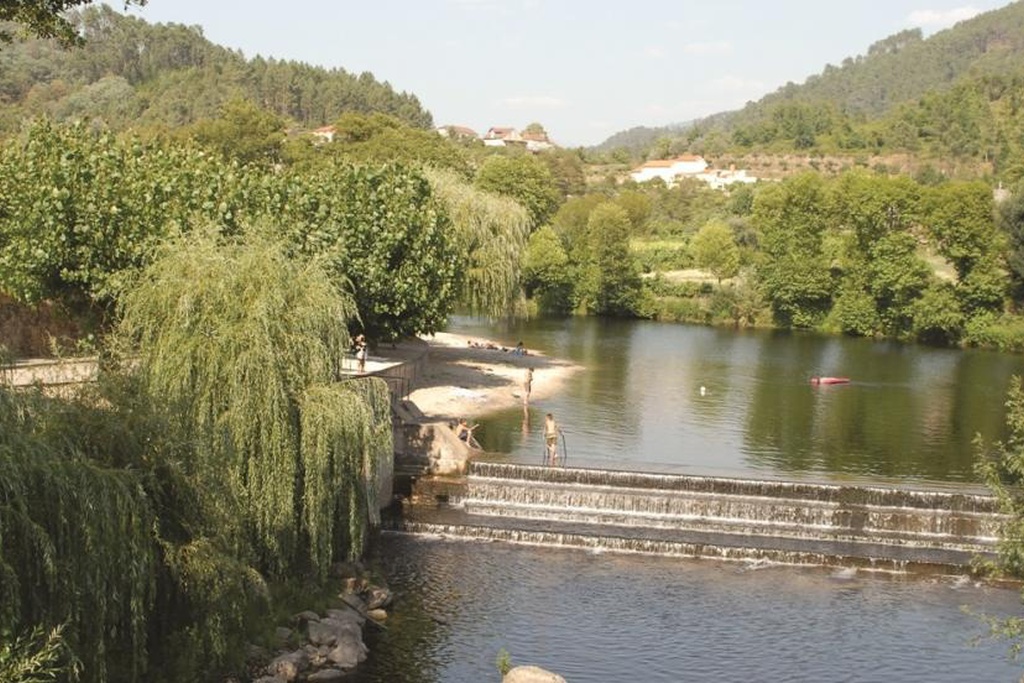

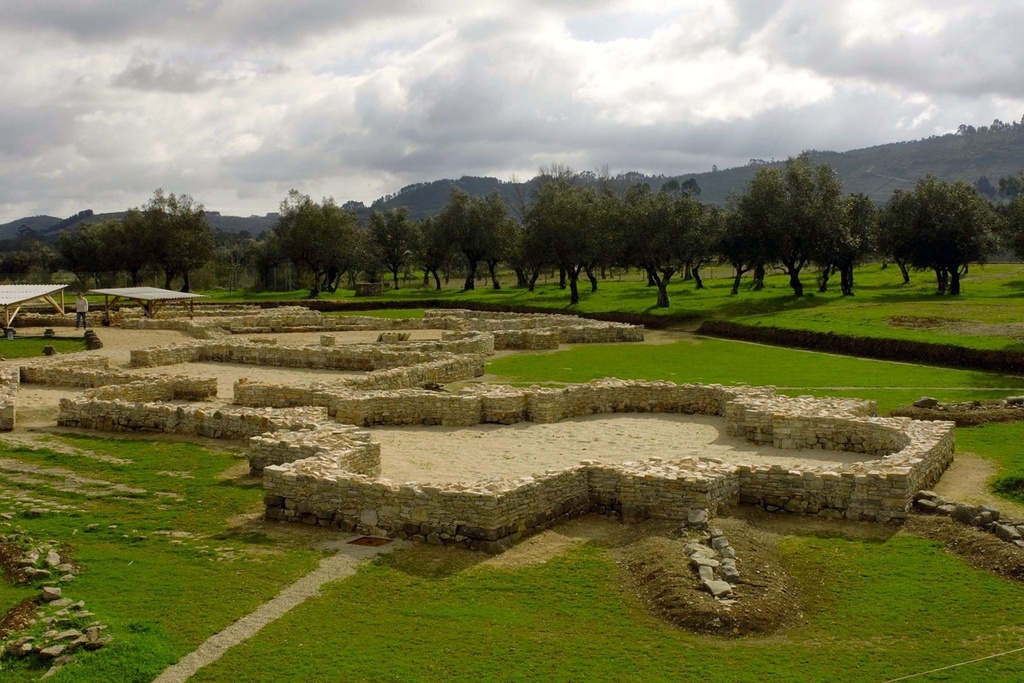
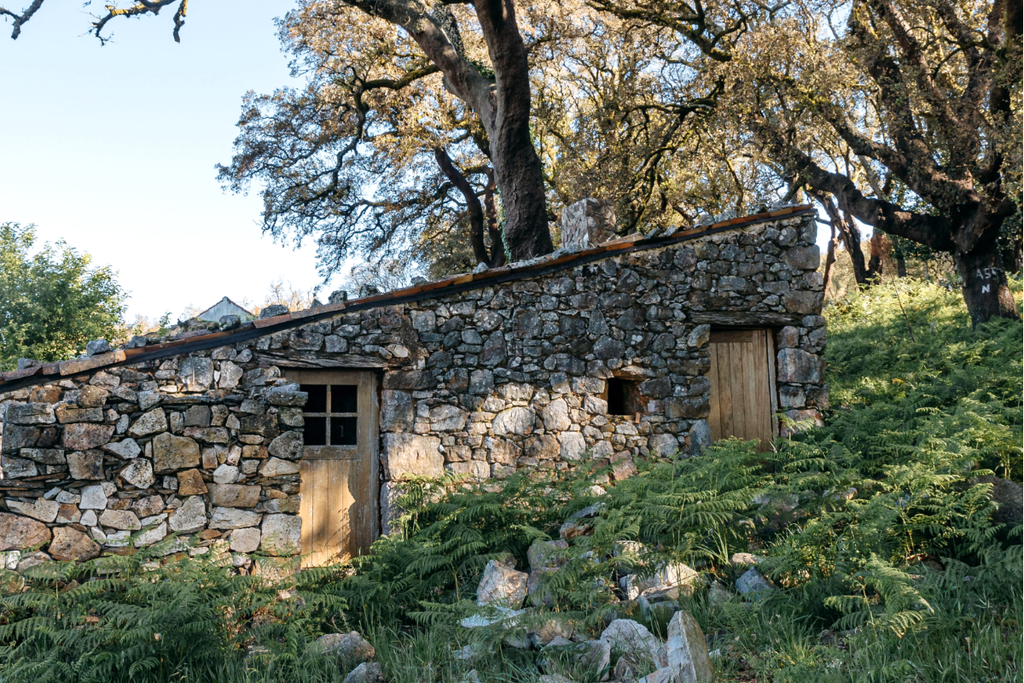
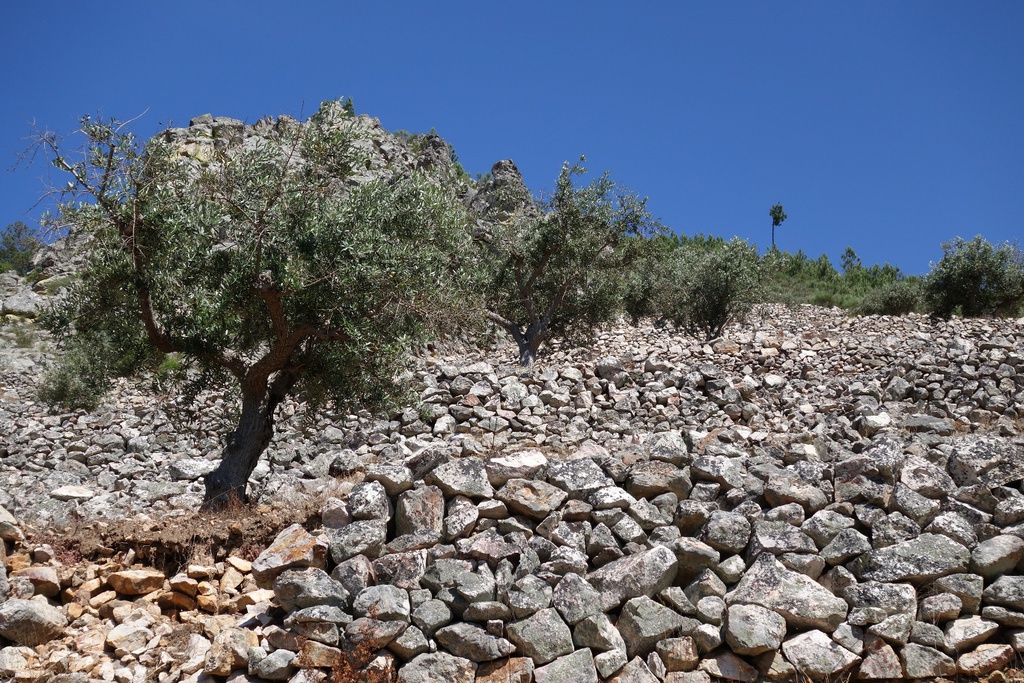
![Mining Territory [GRZ - MTB sector 3]](/media/filer_public/55/7b/557b2251-626f-458d-97c4-76f96a6e4f7c/aldeias-xisto-aldeias-xisto-terra_mineira_c381rea_de_descanso_do_barco__cabec3a7o_do_pic3a3o_gr33_-_grz_etapa__mam9mil.jpg.1024x683_q95_crop_upscale.jpg)
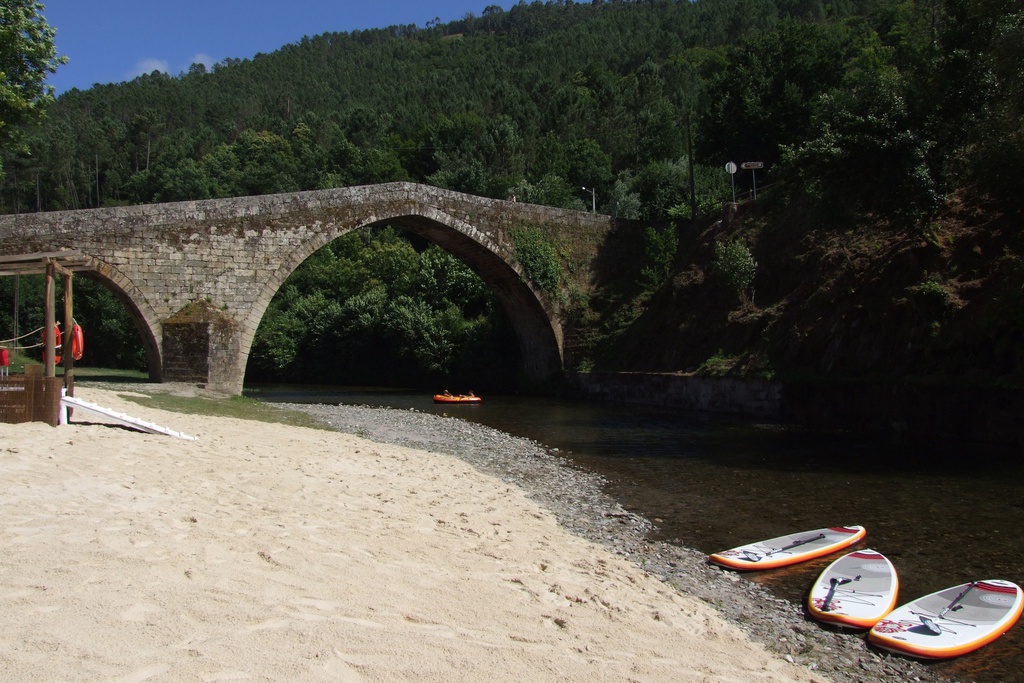
![Irrigating Cova da Beira [GRZ - MTB Sector 2]](/media/filer_public/70/2b/702bc022-591a-4249-a792-769c31f667a2/aldeias-xisto-aldeias-xisto-irrigando_a_cova_da_beira_peso__barco_gr33_-_grz_etapa_6_ssc6w0b.jpg.1024x683_q95_crop_upscale.jpg)
